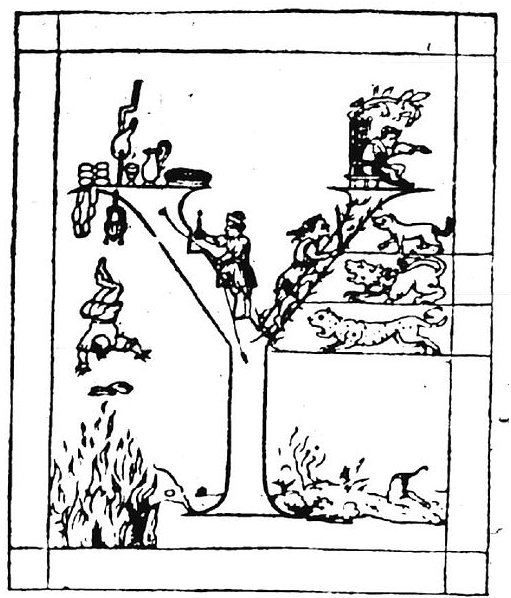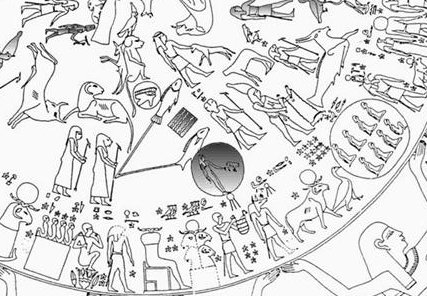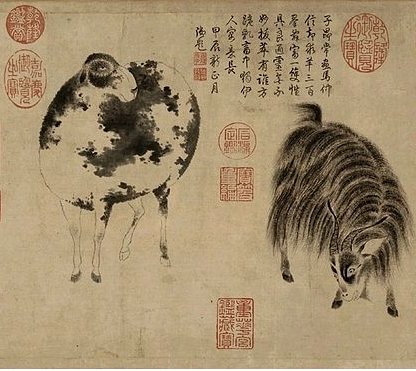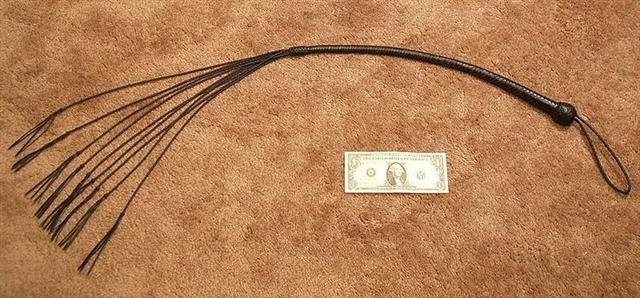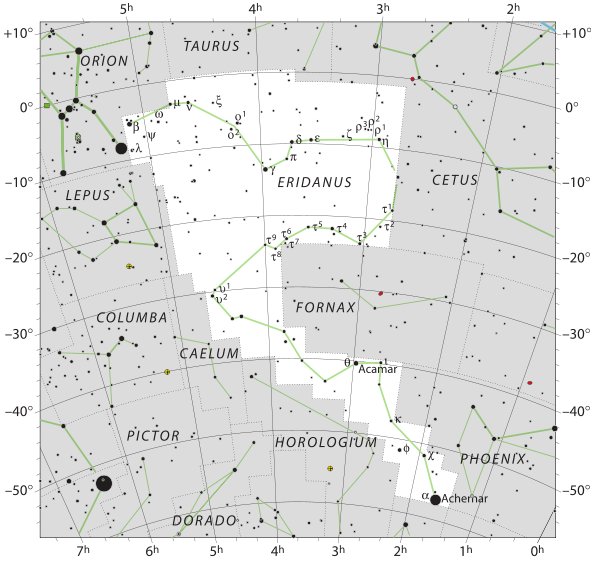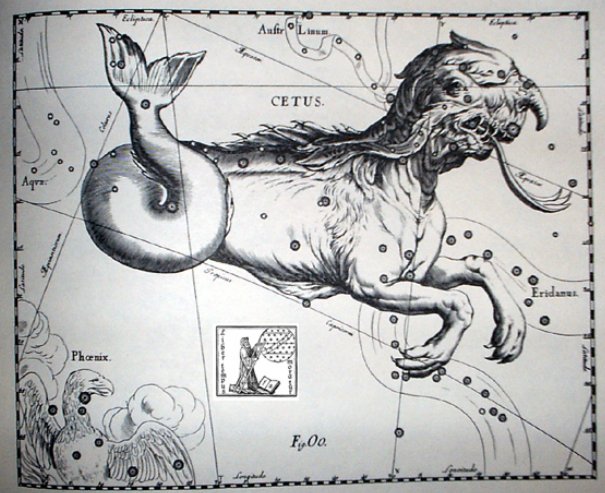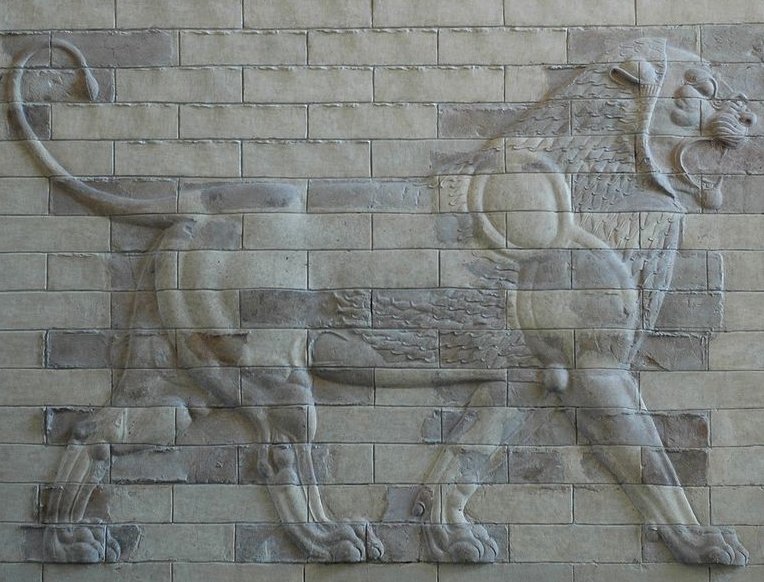136. One of the Gemini twins was divine and immortal while the other one had to die. At the Fork one of them went straight ahead while the other one took another path: ... The bereaved and sorrowing Isis, meanwhile, wandering over the world in her quest - like Demeter in search of the lost Persephone - came to Byblos, where she learned of the wonderful tree. And, placing herself by a well of the city, in mourning, veiled and in humble guise - again like Demeter - she spoke to none until there approached the well the handmaidens of the queen, whom she greeted kindly. Braiding their hair, she breathed upon them such a wondrous perfume that when they returned and Astarte saw and smelt the braids she sent for the stranger, took her into the house, and made her the nurse of her child. The great goddess gave the infant her finger instead of breast to suck and at night, having placed him in a fire to burn away all that was mortal, flew in the form of a swallow around the pillar, mournfully chirping. But the child's mother, Queen Astarte, happening in upon this scene, shrieked when she spied her little son resting in the flames and thereby deprived him of the priceless boon. Whereupon Isis, revealing her true nature, begged for the pillar and, removing the sarcophagus, fell upon it with a cry of grief so loud that the queen's child died on the spot ...
And then there were Lulal and Laterak, who on the Dendera round zodiac were placed due south of Aries, with Alrisha (the Knot) clearly at the staff of the immortal one. The whip wielded by Laterak looks similar to the cat'o nine tails of Castor (and the februa thongs which Marcus Antonius used for reactivating the Roman ladies):
... At the beginning of 44 B.C. - when Ceasar was still alive - the Senate decided to raise statues of him in all the temples and to sacrifice to him on his birthday in the month Quintilis, which in honour of him was renamed July. He was raised to the status of a god (among the other gods of the state) under the name Jupiter Julius. Marcus Antonius, who this year was consul together with Ceasar, became high priest and responsible for the ceremonies. In the middle of February, at the time of the old feast of Lupercalia, he ran around naked (except for a girdle), and whipped the Roman ladies with thongs made from goat-skin [februa], in order to promote their fertility ...
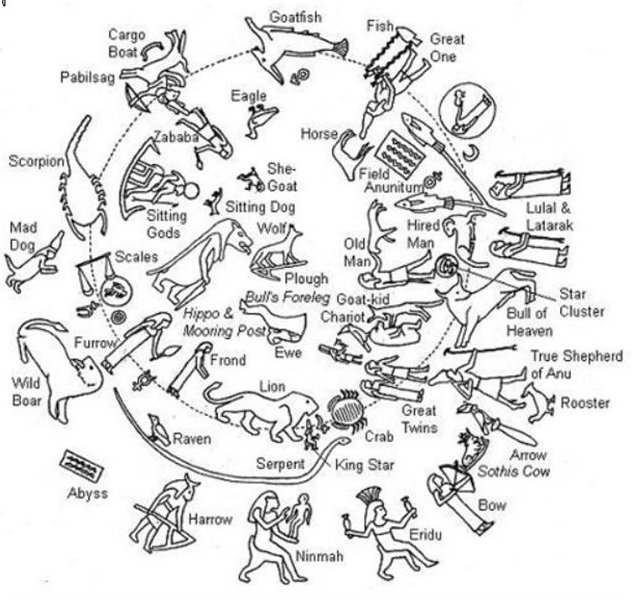  A whip causes intense pain similar to being burnt by fire.
There were several places which bore the name of Latarak (or Laterak). First, we remember, there was the star-god Laterak of the Akkadian lunar asterism Man on Fire (Mulu-izi) at the Foot of Virgo: ... δ [Librae], Variable, 5 to 6.2, white, seems to have been associated with μ Virginis in the Akkadian lunar asterism Mulu-izi, the Man on Fire, connected with the star-god Laterak; and in the Sogdian Fasariva and the Khorasmian Sara-fasariva, both titles signifying the One next to the Leader, i.e. the preceding moon station, ι, κ, and λ Virginis. It is a variable of the Algol type, discovered by Schmidt in 1859, with a period of nearly two days and eight hours, the light oscillation occupying twelve hours ...
And then we should remember the basic role assigned for the Great Twins: ... Great Twins (Gemini) The Great Twins are closely related to Nergal, the king of the dead in Mesopotamia tradition. The Twins stand guard, weapons at the ready, at the entrance to the underworld - their divine role being to prevent the living from descending to the realm of the dead, and perhaps more importantly to prevent the dead from rising up to overwhelm the realm of the living ... The Gemini twins stood on guard at a Fork - a Change Station - and this Gate of Gemini was where the dead possibly could come up from the Underworld and threaten us living up on the surface of the earth. The Gate (Archway) was instead intended for the spirits of the unborn who came down via the Milky Way River (after earlier having left through the other opening in Sagittarius). ... Men's spirits were thought to dwell in the Milky Way between incarnations. This conception has been handed down as an Orphic and Pythagorean tradition fitting into the frame of the migration of the soul. Macrobius, who has provided the broadest report on the matter, has it that souls ascend by way of Capricorn, and then, in order to be reborn, descend again through the 'Gate of Cancer'. Macrobius talks of signs; the constellations rising at the solstices in his time (and still in ours) were Gemini and Sagittarius: the 'Gate of Cancer' means Gemini. In fact, he states explicitly (I,12.5) that this 'Gate' is 'where the Zodiac and the Milky Way intersect' ... South of the equator Eridanus was another River and the twins Lulal and Latarak were said to be there, at the other side of Orion - i.e. south of Aries: ... The True Shepherd of Anu, Papsukal, the messenger of Anu and Ishtar (Orion) ... The Twins who are opposite the True Shepherd of Anu, Lulal and Latarak (Cetus & part of Eridanus) ... But there were also Little Twins in Canis Minor, and furthermore Latarak was a name for Leo:
... The Great Twins, Lugalirra and
Meslamtaea (Gemini) We could avoid much confusion if we simply regarded 'twins' as meaning 'equinox'. Implicitly twins are equals and all should be judged as equals when darkness had fallen:
... Al Maisān, the title of γ Geminorum [Alhena], by some error of Firuzabadi was applied to this star [Heka in Orion] as Meissa, and is now common for it. Al Sufi called it Al Tahāyī; but Al Ferghani and Al Tizini knew it as Rās al Jauzah, the Head of the Jauzah, which it marks. The original Arabic name, Al Hak'ah, a White Spot, was from the added faint light of the smaller φ¹and φ² in the background, and has descended to us as Heka and Hika. These three stars were another of the Athāfiyy [tripods used for cooking] of the Arabs; and everywhere in early astrology were thought, like all similar groups, to be of unfortunate influence in human affairs. They constituted the Euphratean lunar station Mas-tab-ba-tur-tur, the Little Twins, a title also found for γ [Alhena] and η Geminorum [Tejat Prior]; and individually were important stars among the Babylonians, rising to them with the sun at the summer solstice, and, with α and γ, were known as Kakkab Sar, the Constellation of the King ... ... Alpha and Beta Trianguli were called Al Mīzān, which is Arabic for 'The Scale Beam' ... Maybe we should perceive both Lulal and Latarak as Lion Kings.
... Ishtar, scorned, goes up to heaven in a rage, and extracts from Anu the promise that he will send down the Bull of Heaven to avenge her. The Bull descends, awesome to behold. With his first snort he downs a hundred warriors. But the two heroes tackle him. Enkidu takes hold of him by the tail, so that Gilgamesh as espada can come in between the horns for the kill. The artisans of the town admire the size of those horns: 'thirty pounds was their content of lapis lazuli'. (Lapis lazuli is the color sacred to Styx, as we have seen. In Mexico it is turquoise.) Ishtar appears on the walls of Uruk and curses the two heroes who have shamed her, but Enkidu tears out the right thigh of the Bull of Heaven and flings it in her face, amidst brutal taunts. It seems to be part of established procedure in those circles. Susanowo did the same to the sun-goddess Amaterasu, and so did Odin the Wild Hunter to the man who stymied him. A scene of popular triumph and rejoicings follows. But the gods have decided that Enkidu must die, and he is warned by a somber dream after he falls sick. The composition of the epic has been hitherto uncouth and repetitious and, although it remains repetitious, it becomes poetry here. The despair and terror of Gilgamesh at watching the death of his friend is a more searing scene than Prince Gautama's 'discovery' of mortality. 'Hearken unto me, O elders, (and give ear) unto me! // It is for Enk(idu), my friend, that I weep, // Crying bitterly like unto a wailing woman // (My friend), my (younger broth)er (?), who chased // the wild ass of the open country (and) the panther of the steppe. // Who seized and (killed) the bull of heaven; // Who overthrew Humbaba, that (dwelt) in the (cedar) forest - ! // Now what sleep is this that has taken hold of (thee)? // Thou hast become dark and canst not hear (me)'. // But he does not lift (his eyes). // He touched his heart, but it did not beat. // Then he veiled (his) friend like a bride (...) // He lifted his voice like a lion // Like a lioness robbed of (her) whelps ... 'When I die, shall I not be like unto Enkidu? // Sorrow has entered my heart // I am afraid of death and roam over the desert ... // (Him the fate of mankind has overtaken) // Six days and seven nights I wept over him // Until the worm fell on his face. // How can I be silent? How can I be quiet? // My friend, whom I loved, has turned to clay' ... At the time of Bharani Regulus (the Little King) rose with the Sun in "June 10 when Sadalmelik (the Lucky King) was at the Full Moon on the other side of the sky.
|
|||||||||||||||||||||||||||||||||||||||||||||||||||||||||||||||||||||||||||||||||||||||||||||||||||||||||||||||||||||||||||||
